
In the networking domain, choosing the right product is of utmost importance. And, when we talk about certain products such as SFP, due to the varying types —single mode and multimode, it is crucial to understand what benefits each of them offer. But, overall, you must be aware of the top 10 common aspects to consider before buying multimode SFP and single mode SFP. In this article, we will discuss those top 10 things to evaluate before buying them. But, before that let’s understand what these are and how they are different from each other.
Single-Mode SFP
A Single-Mode SFP (Small Form-Factor Pluggable) is a type of optical transceiver module used in networking and telecommunications. It is designed to transmit and receive data over single-mode optical fibres. Single mode SFP Transceivers (SMF SFP) operates primarily in the 1310nm and 1550nm wavelength ranges and is commonly utilised in long-distance transmission environments of 2km, 10km, 40km, 60km, 80km, and 120km.
They are widely utilised in long-distance communications, data centre interconnections, and high-speed internet backbone networks.
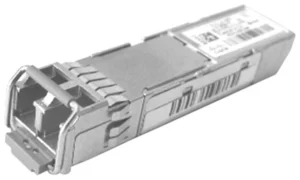
Multimode Fibre (MMF)
A Multi-Mode SFP (Small Form-Factor Pluggable) is an optical transceiver module used in networking and telecommunications to transmit and receive data over multi-mode optical fibres. The core diameter of multimode fibre (MMF) is bigger, often ranging from 50 to 62.5 micrometres. This bigger core allows many light modes or beams to propagate at the same time. Multimode SFP modules are mostly employed for short-distance applications such as those found in buildings, data centres, and campus networks.

Top 10 Aspects to Consider Single Mode SFP & Multimode SFP
- Compatibility: When selecting Multimode SFP and Single Mode SFP modules for your network, compatibility is critical. These modules are available in a variety of form factors and connections, and not all of them are globally compatible. Specific types of SFP modules may be required by various networking devices. It’s critical to understand your device’s compatibility requirements and make sure the Multimode SFP and Single Mode SFP modules you purchase are compatible with it. This includes determining compatibility based on brand, model, and even firmware version. Failure to do so may cause network instabilities or malfunctions.
Some SFP modules can work with both single mode and multimode fibres, such as the 1000BASE-LX/LH SFP4. However, you should always check the specifications of the SFP modules and the fibre cables before using them together. - Fibre Type: The functional properties of Multimode SFP and Single Mode SFP are different. Short-distance connections within data centres can make use of multimode fibre’s increased capacity at lower delay while travelling shorter distances. For long-distance connections, especially those between buildings or locations, single-mode fibres are preferable. Determine the needs of your network and select the appropriate fibre type for its intended use.
- Distance Requirements: When choosing the proper Multimode SFP and Single Mode SFP modules, distance plays a critical factor. Multimode SFPs excel for transmissions of up to a few kilometres in length. Single-mode SFPs, on the other hand, have a far greater range, typically measured in tens of kilometres. Select the suitable SFP modules for your network’s distance requirements to prevent signal attenuation or loss.
- Data Rate: The assessment of the data rate or speed required of one’s network is of utmost importance. Multimode SFP and Single Mode SFP modules are capable of supporting a wide range of data speeds, spanning from 100 Mbps to 100 Gbps and perhaps exceeding this threshold. The selection you make should be in accordance with the requirements of your network. Selecting Small Form-Factor Pluggable (SFP) modules that exceed the required data rate may result in extra expenses, whilst opting for modules with insufficient speed might cause performance limitations.
- Budget Constraints: Your budget is critical in the selecting process. High-speed SFP modules might be costly, but spending more does not automatically equate to greater performance. Balance your budget with your performance objectives, looking for the most cost-effective Multimode SFP and Single Mode SFP solutions without sacrificing dependability and compatibility.
- Reliability and Durability: When it comes to Multimode SFP and Single Mode SFP modules, reliability and durability are non-negotiable requirements. These components must be able to withstand continuous use without failing frequently. Look for modules with a high MTBF(Mean Time Between Failures) rating and sturdy construction. Investing in dependable SFPs can reduce network downtime and maintenance expenses over time.
- Environmental Conditions: The performance of Multimode SFP and Single Mode SFP modules can be considerably influenced by the operating environment in which they are deployed. The dependability of the modules can be influenced by several factors, including temperature, humidity, and altitude. It is important to verify that the chosen Small Form-Factor Pluggables (SFPs) have the appropriate ratings to accommodate the precise climatic circumstances of the deployment location, be it an air-conditioned data centre or an outdoor setting.
- Vendor Reputation: To make sure that Multimode SFP and Single Mode SFP modules are real and of good quality, you must buy them from a reliable vendor. Do a lot of study on possible suppliers, read reviews, and think about how reliable their networking components have been in the past. A reputable vendor is more likely to sell real Multimode SFP and Single Mode SFP modules and give good customer service.
- Support and Warranty: Having post-purchase support and warranties is really important because they give you peace of mind. Have you checked what kind of warranty coverage the Multimode SFP and Single Mode SFP module manufacturer or vendor offers? Having a solid warranty is extremely important because it helps protect your investment and gives you peace of mind in case anything unexpected happens or if there are any problems or failures.
- Future Scalability: Consider the future scalability requirements of your network. Selecting Multimode SFP and Single Mode SFP modules that are compatible with your future expansion objectives will reduce the need for subsequent replacements as your network expands. When evaluating the suitability of higher-speed SFPs and their compatibility with the current infrastructure, it is important to take into account many criteria such as their availability and compatibility.
Here are some major factors that you should not miss while considering each type.
Major Factors to Consider for Multimode SFP And Single Mode SFP
For Single Mode SFP, you will need to analyse the following:
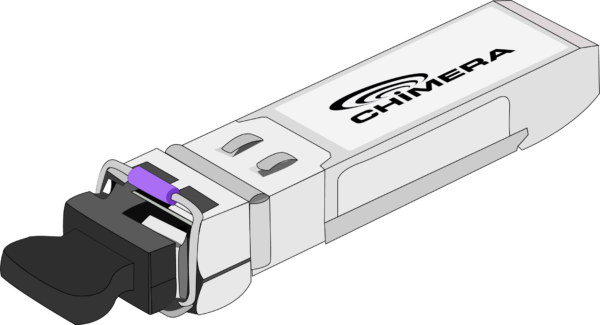
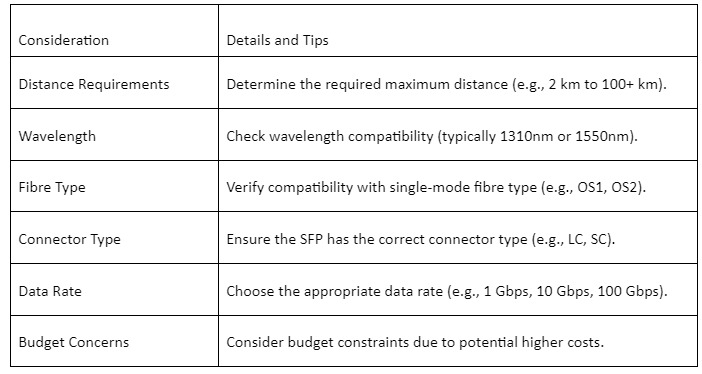
For Multimode SFP, consider the following:
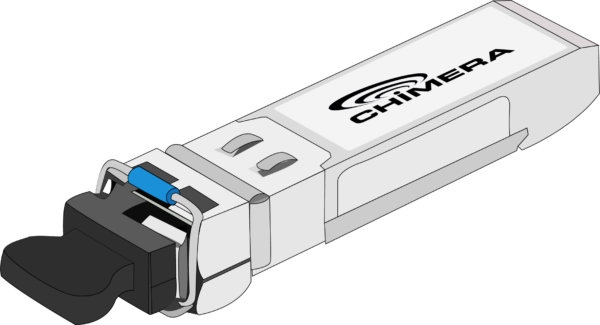
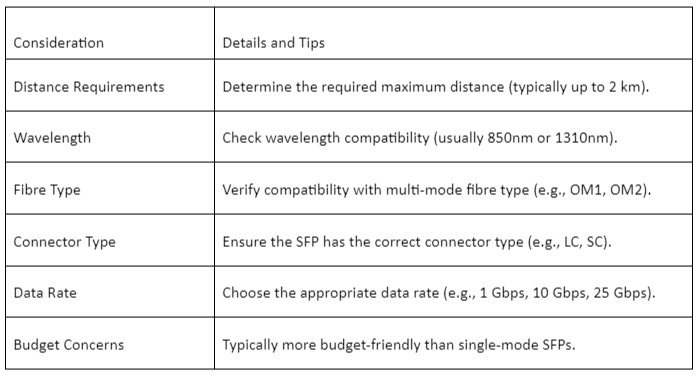
Before you exit the page, check out another interesting topic on top compatible networking products you must look for.
FAQ's
The core diameter of single-mode fibre is generally smaller, at about 9 micrometres. Only one mode of light may go through this tiny core, which lessens signal dispersion and permits transmission over greater distances.
Single-mode SFPs are appropriate for long-distance connections and high-speed data transfer since they have more range and bandwidth. Additionally, they show less signal loss than multimode SFPs.
Although it is theoretically feasible, it is not economical. Given their high cost and risk of signal loss, single-mode SFPs are more than likely overkill for communications over short distances.
Because various wavelengths move at different rates, chromatic dispersion may skew the signal in optical fibres. To minimise this impact and maintain signal integrity over long distances, single-mode SFPs were developed
Signals may travel over significantly longer distances without suffering too much loss because of the lower attenuation values that single-mode SFPs normally feature. For developing long-haul networks, this quality is essential.
The core diameter of multi-mode fibre is often bigger, measuring 50 or 62.5 micrometres. This bigger core's capacity for numerous modes of light propagation makes it appropriate for connections across shorter distances.
Although multi-mode SFPs have a smaller range than single-mode SFPs, they can serve high-speed applications. The farthest distance that may be travelled depends on the particular multi-mode fibre used.
In multi-mode fibre, modal dispersion can happen because distinct light channels (or modes) move at various rates. This may restrict the data speeds and operating range of multi-mode SFPs.
Yes, depending on their core diameter and bandwidth, multi-mode SFPs are categorised as OM1, OM2, OM3, and OM4. Higher classifications often allow for faster travel and greater distances.
In data centres, multi-mode SFPs are frequently used to make short-range, high-speed connections between servers, switches, and storage devices.




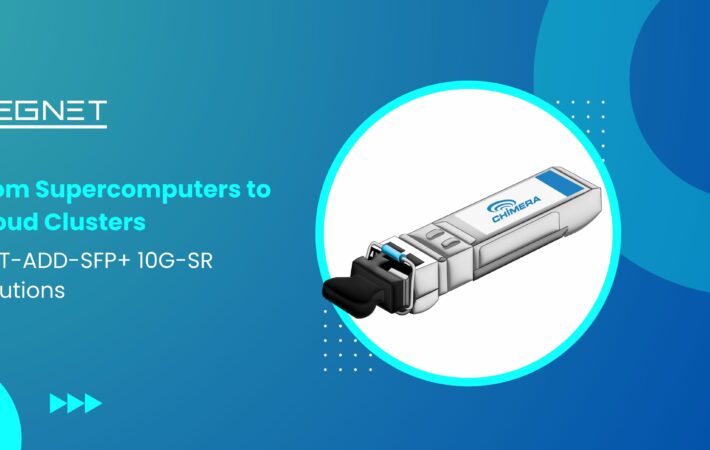




Leave a comment
Your email address will not be published. Required fields are marked *